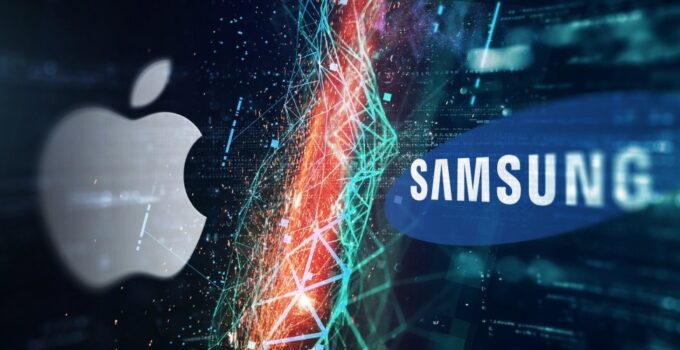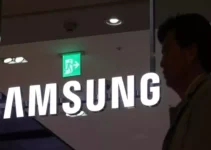Samsung Regains Smartphone Crown from Apple. In the ever-evolving landscape of the global smartphone market, the tides of leadership between industry giants Samsung and Apple continue to shift. Recently, Samsung reclaimed its position as the world’s top smartphone manufacturer, a title that Apple had briefly secured in September 2023, attributed largely to the launch of its iPhone 15 range.
TCL Series 50 Unveiled: Embracing 5G and Premium Features
The change in rankings is not merely a reflection of brand popularity but rather indicative of the strategic release cycles employed by both companies. Data from February 2024 highlights Samsung’s ascendancy to a 20% market share, marking a significant moment in the competitive dynamics of the smartphone industry.
During the same period, Apple experienced a downturn, resulting in an 18% market share. This translated to sales figures where Apple sold 17.41 million iPhones, while Samsung’s sales soared to 19.69 million units. Samsung’s extensive product lineup, with entry-level models starting at $80, played a crucial role in broadening its market reach and appeal.
Samsung’s resurgence in February 2024 can be attributed to the timing of its latest product releases. The launch of the Galaxy S24 series significantly contributed to Samsung’s performance, showcasing the impact of new model introductions on market share fluctuations.

Despite Samsung’s impressive performance in February, Apple maintained a stronghold over the year 2023, securing the title for the highest number of smartphones sold. This achievement underscores the intense rivalry and constant jockeying for position between these two tech behemoths.
A broader look at the smartphone market reveals a trend of declining sales, particularly pronounced in regions like China. This downturn is reflective of various factors, including market saturation, economic conditions, and the incremental nature of technological advancements in recent models, which may be influencing consumer decisions to delay upgrades.
The fluctuating fortunes of Samsung and Apple highlight the cyclical nature of the smartphone market, driven by product launch timings and the continuous innovation both companies are known for. Samsung’s ability to cater to a wide range of consumers, coupled with its strategic release schedule, has enabled it to capture a significant market share.

Conversely, Apple’s success in maintaining a leading position over the course of 2023 speaks to its brand loyalty, innovative features, and the allure of its ecosystem. The iPhone 15 range, in particular, contributed to its strong performance, despite the challenges posed by a contracting global market.
The rivalry between Samsung and Apple is a testament to the vibrant competition that propels the smartphone industry forward. Each company’s strategic maneuvers—be it through product innovation, marketing, or release cycles—continuously reshape the landscape, offering consumers an evolving array of choices.
As the industry looks ahead, the ongoing competition between Samsung and Apple is poised to drive further advancements in technology, design, and user experience. The ebb and flow of market leadership between these two giants will undoubtedly continue, reflecting the dynamic nature of consumer preferences and technological progress.
In conclusion, Samsung’s recent overtaking of Apple in smartphone sales is a reminder of the fluidity of market leadership in the tech industry. As both companies vie for dominance, their innovations and strategies will not only define their own futures but also the direction of the smartphone market at large. The journey ahead promises further innovations, challenges, and shifts in consumer allegiance, underscoring the relentless pace of change in the world of technology.


